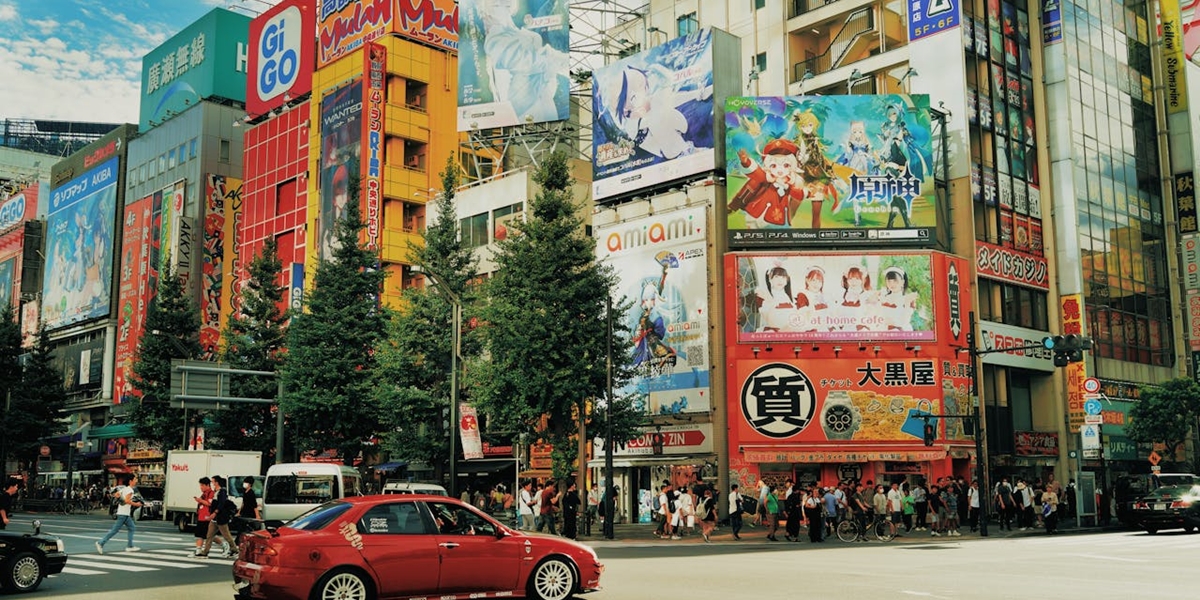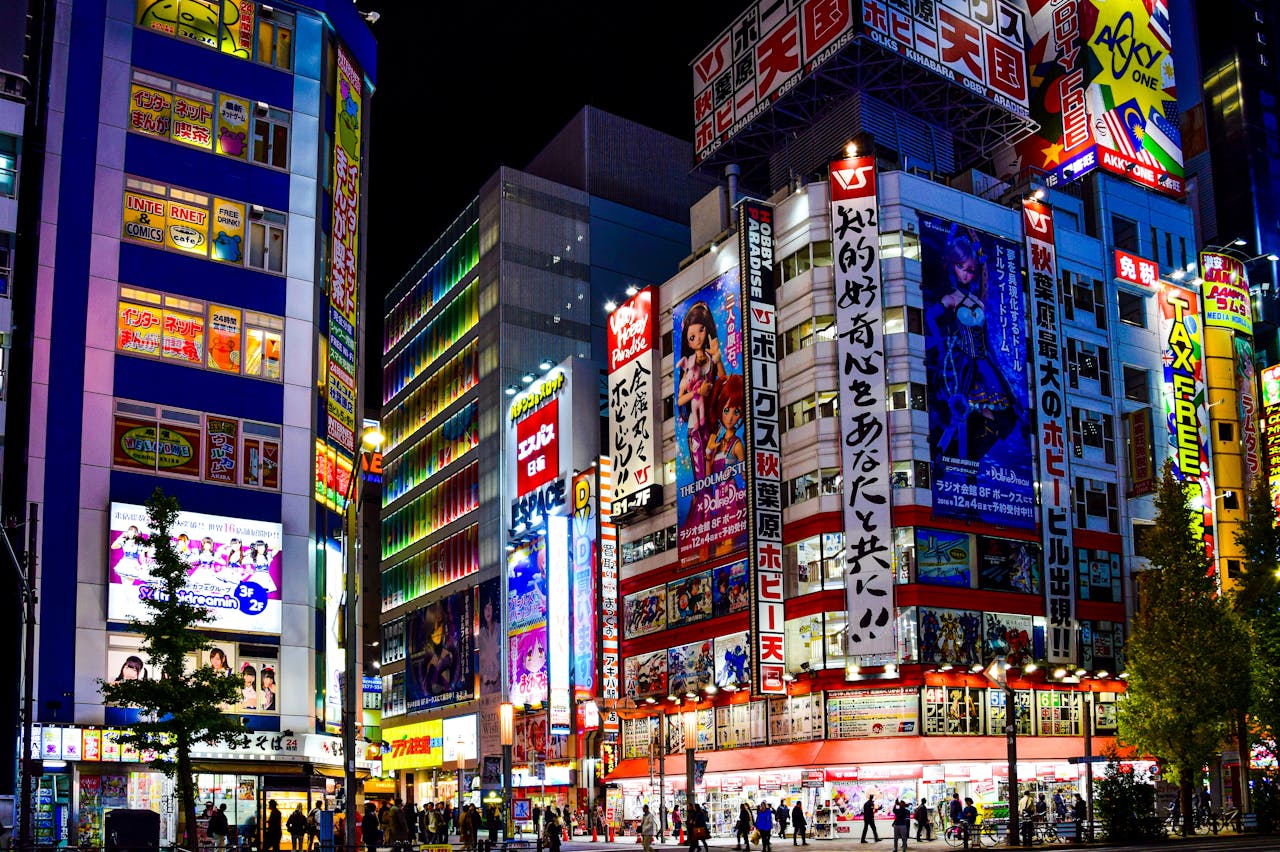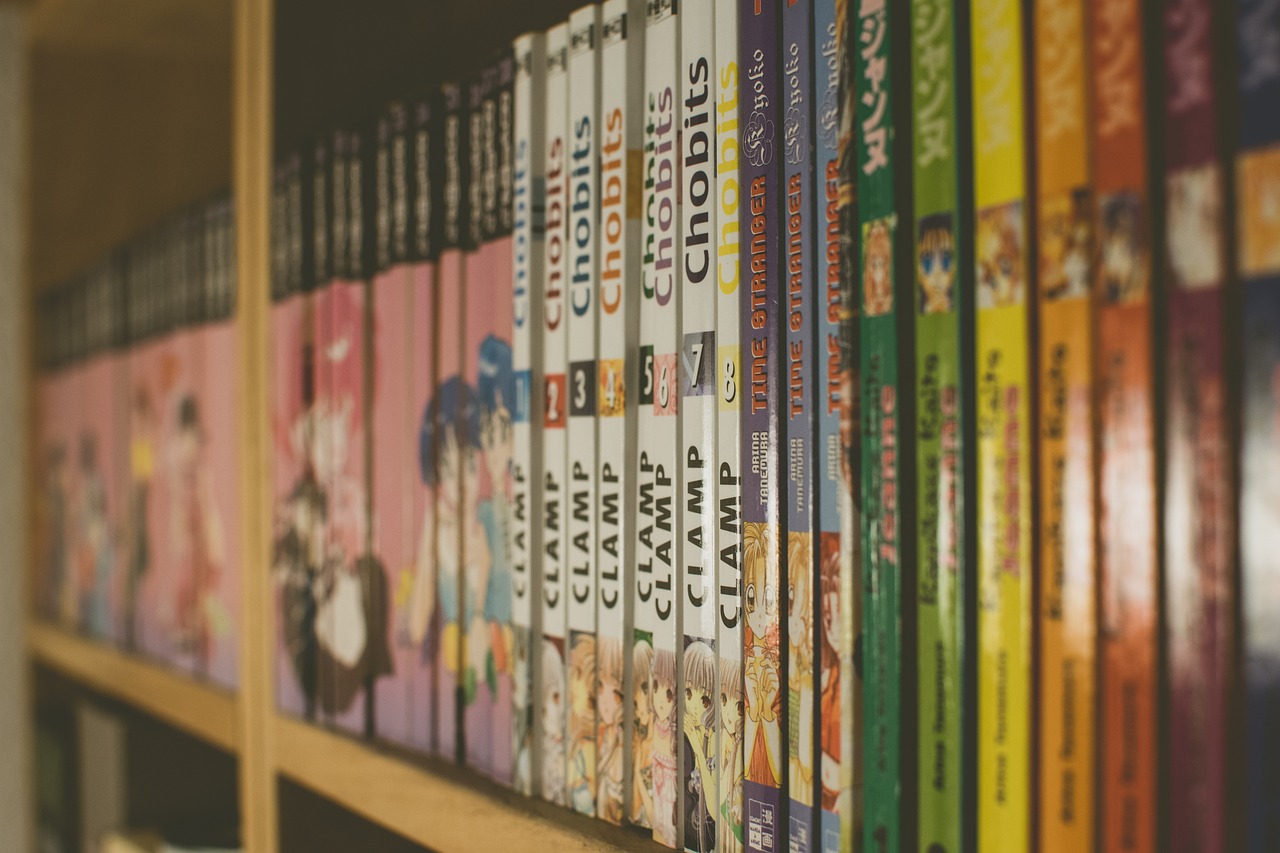7 Meanings of Bad Past Dreams According to Javanese Primbon, Carrying Spiritual Messages
Curious about the explanation of the meaning of bad past dreams according to Javanese Primbon? To find out, just read the following review.

Kapanlagi.com - Anime has become an integral part of global popular culture, but few know about its long journey. From its beginnings in the 20th century to its position as a worldwide cultural phenomenon today, the history of anime has had a wide-ranging influence.
Tracing the history of anime by revealing its interesting developments, from its origins as a local form of entertainment in Japan to becoming an industry that captivates millions of fans worldwide. It's an exciting field of study for you to know.
Let's explore this rich and diverse history of anime, uncovering the stories that have shaped anime into what we know today. Check it out, KLovers.

Illustration (credit: pexels.com)
Anime is a term used to refer to Japanese animation. Generally, anime encompasses various genres, ranging from fantasy, action, adventure, romance, to horror. Anime is often presented in the form of TV series, films, and OVA (Original Video Animation).
Usually, anime originates from manga (Japanese comics) or light novels that are then adapted into animation. The visual characteristics in anime often include colorful images, distinctive character designs, and exaggerated expressions.
This is usually done to convey more exciting emotions. The term anime itself is an abbreviation of "animation" in English, but it is internationally adopted to specifically refer to Japanese animation. Anime also has distinctive features that differentiate it from other animations.
These differences usually include visual style, narration, and themes. To further understand, here are some distinctive features of anime that you should know:
1. Distinctive Visual Style: Anime often has a different visual style from Western animation, with characters that have large eyes, expressive facial expressions, and often the use of bright and contrasting colors.
2.Diverse Stories: Anime encompasses various genres, including fantasy, action, adventure, romance, comedy, horror, science fiction, and more. This makes anime enjoyable for a wide range of people, from children to adults.
3.Adaptation from Manga or Light Novel: Many anime originate from adaptations of manga (Japanese comics) or light novels. This often results in anime having complex and deep stories, with characters that feel alive.
4.Variety of Formats: Anime can be found in various formats, ranging from long TV series to short films, OVA (Original Video Animation), ONA (Original Net Animation), and more.
5.Fanatical Fans: Anime has a large and diverse fan base worldwide. Anime fans are often very enthusiastic and involved in cosplay culture, anime conventions, and various other activities.
6.Fantastic World: Many anime are set in a fantastical fictional world, with elements such as superpowers, advanced technology, or mythical creatures.

Illustration (credit: pexels.com)
The history of anime began in the early 20th century in Japan. From the beginning of anime history to the present, it has become an integral part of Japanese culture and global popular culture that continues to inspire and entertain millions of people worldwide. Here are some important events in the history of anime from the past to the present:
1.Early 20th Century Anime History
The first animations that can be called the precursors of anime are works like "NAMAKURA GATANA" (1917) produced by Jun'ichi KOuchi and "MOMOTARO: UMI NO SHINPEI" (1945) which was a Japanese propaganda animated film during World War II.
2.Anime History in the 1940s - 1950s
During this period, anime developed with the presence of animated films like "ASTRO BOY" (1963) created by Osamu Tezuka. Anime "ASTRO BOY" became one of the first anime to gain great popularity both in Japan and abroad.
3.Anime History in the 1960s - 1970s
Anime became increasingly popular in Japan and began to be exported to other countries. Studios like Toei Animation and Tatsunoko Production emerged as important players in this industry. Some popular anime from this period include "SPEED RACER" (1967) and "MOBILE SUIT GUNDAM" (1979).
4.History of Anime in the 1980s - 1990s
This period is known as the "Golden Age of Anime." Anime began to penetrate the international market with the emergence of titles like "DRAGON BALL" (1986) and "SAILOR MOON" (1992), which became very popular outside of Japan. Animation technology also continued to develop with the use of computers in anime production.
5.History of Anime in the 2000s - Present
Anime continued to grow into a large industry, with improvements in animation quality and genre variety. Anime films like "SPIRITED AWAY" (2001) by Studio Ghibli received international awards and brought anime to a higher global level. In addition, online streaming platforms like Crunchyroll and Netflix also contribute to reaching audiences worldwide.
6. Innovation and Diversification
The present time is marked by innovation and diversification in anime. There is an improvement in visual and animation quality, as well as experimentation with more complex genres and narratives. Anime is also becoming more diverse in its themes and target audience, from children to adults.

Illustration (credit: pixabay.com)
After knowing the history of anime, you can also learn about the various genres in anime. Anime has various genres that cover diverse themes and perspectives. Here are some common anime genres:
1. Action: Anime focused on fights, action, and other physical activities.
2. Adventure: Anime that highlights the main character's journey in a specific quest or mission.
3. Comedy: Anime that emphasizes comedy elements, with a focus on humor and funny situations.
4. Romance: Anime that focuses on romantic relationships between main characters.
5. Fantasy: Anime with a fictional world setting that involves magical elements, mythology, or fictional creatures.
6. Horror: Anime that showcases horror elements, such as tension, fear, or supernatural beings.
7. Science Fiction: Anime that focuses on scientific elements or advanced technology.
8. Slice of Life: Anime that depicts the daily lives of characters without a major plot.
9. Drama: Anime that showcases emotional conflicts and deep character development.
10. Music: Anime that emphasizes music and musical performances.
11. Mecha: Anime that features robots or humanoid machines as the main focus of the story.
12. Supernatural: Anime that involves supernatural elements, such as paranormal powers, mythical creatures, or mysterious events.
13. Mystery: Anime that emphasizes mystery plots and puzzles that must be solved by the main characters.
14. Psychological: Anime that explores the psychological and emotional aspects of characters and plot.
15. Historical: Anime set in a historical background or a specific period in real or fictional world history.
16. Sports: Anime that focuses on sports and athletic competition.
17. Lifestyle: Anime that highlights specific aspects of daily life or special interests.
18. Sentai: Anime that features a team of heroes or a group working together to fight against evil or other threats.
19. Isekai: Anime that features characters being trapped or transported to parallel worlds or fantasy worlds.
20.Yaoi, Yuri, and Ecchi: More specific genres that depict romantic or sexual relationships between characters of the same gender (yaoi for male-male relationships, yuri for female-female relationships, and ecchi for content that includes elements of sexuality without explicit nudity).
That is the history of anime that you otaku can know. With its colorful and innovative history, anime continues to inspire and captivate its fans around the world.
(kpl/dhm)
Cobain For You Page (FYP) Yang kamu suka ada di sini,
lihat isinya
Curious about the explanation of the meaning of bad past dreams according to Javanese Primbon? To find out, just read the following review.
Watching Japanese dramas can be a fun activity with family. Here is a list of Japanese dramas suitable for watching with family with the highest ratings that you can watch.
Curious, what is the explanation of the meaning of dreaming of meeting someone we like according to Javanese Primbon? To find out, just read the following review.
Here are recommendations for anime about childhood friends that are most popular and will surely bring sweet memories from the past. Let's check it out KLovers.
Providing a frightening glimpse into the threats that can arise from the technology we rely on every day, here is the complete film synopsis of I.T. with an explanation of its characters.
One of the dreams that often invites curiosity is dreaming of seeing a husband with another woman. The meaning of dreaming of a husband with another woman according to Islamic views often invites curiosity.
With strong lead actors and thrilling action scenes, here is the synopsis of the film THE ICE ROAD that promises an adrenaline-pumping and emotional viewing experience.
Curious about the explanation of the meaning of dreaming of getting a lot of money from various perspectives? To find out, just read the following reviews.
The story in the latest romantic Filipino film recommendations for 2024 includes touching issues, passionate love stories, and events that stir emotions. Some of them also have comedic elements that are both intriguing and entertaining, KLovers!
Thai dramas always captivate viewers with touching and emotional storylines. One of the frequently explored themes is the latest Thai drama about twins as follows.
Curious about the explanation of the meaning of dreaming of having a child? To find out, just read the following review.
Curious about the explanation of the meaning of spider dreams according to Javanese Primbon? To find out, just read the following review.